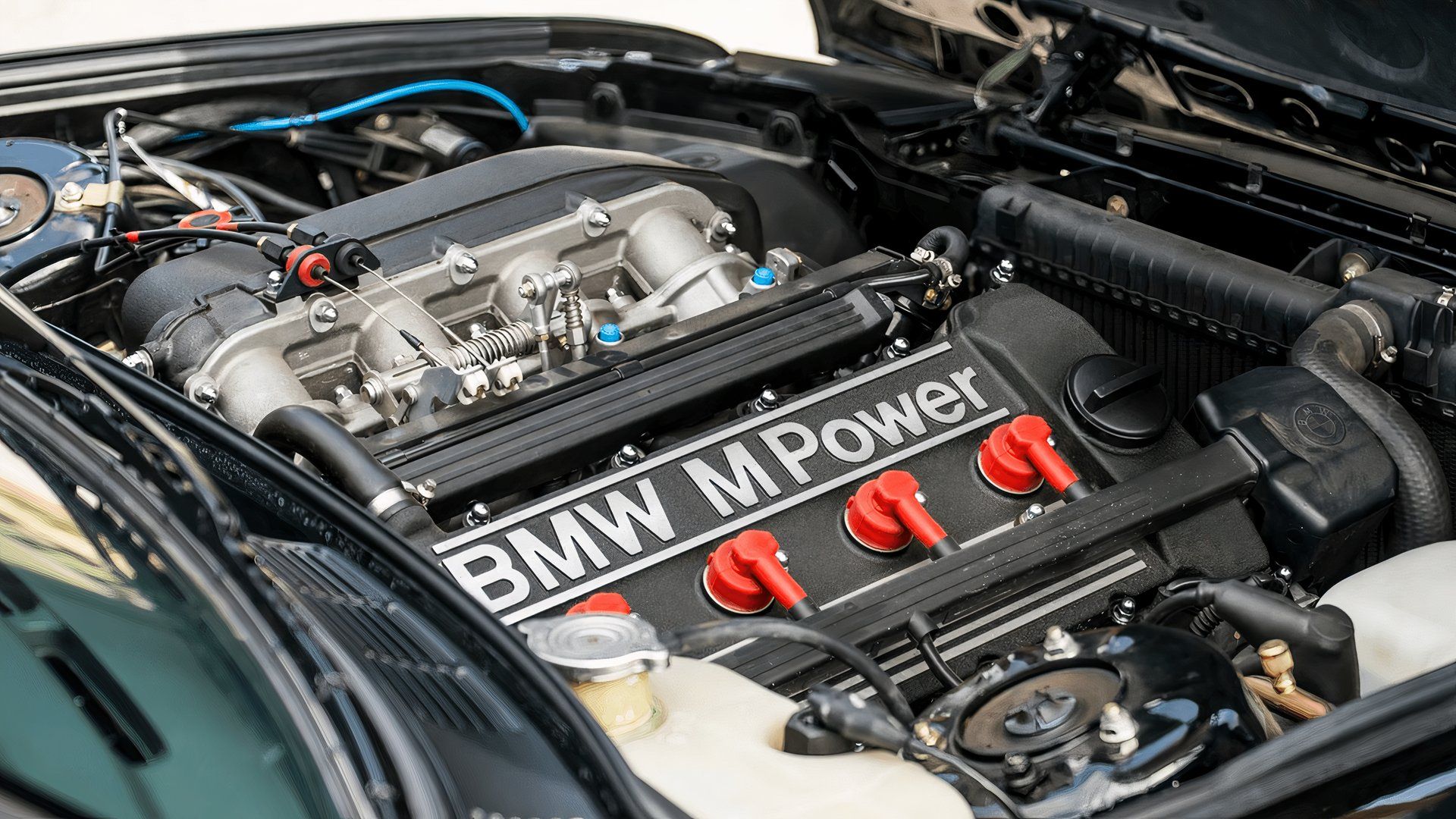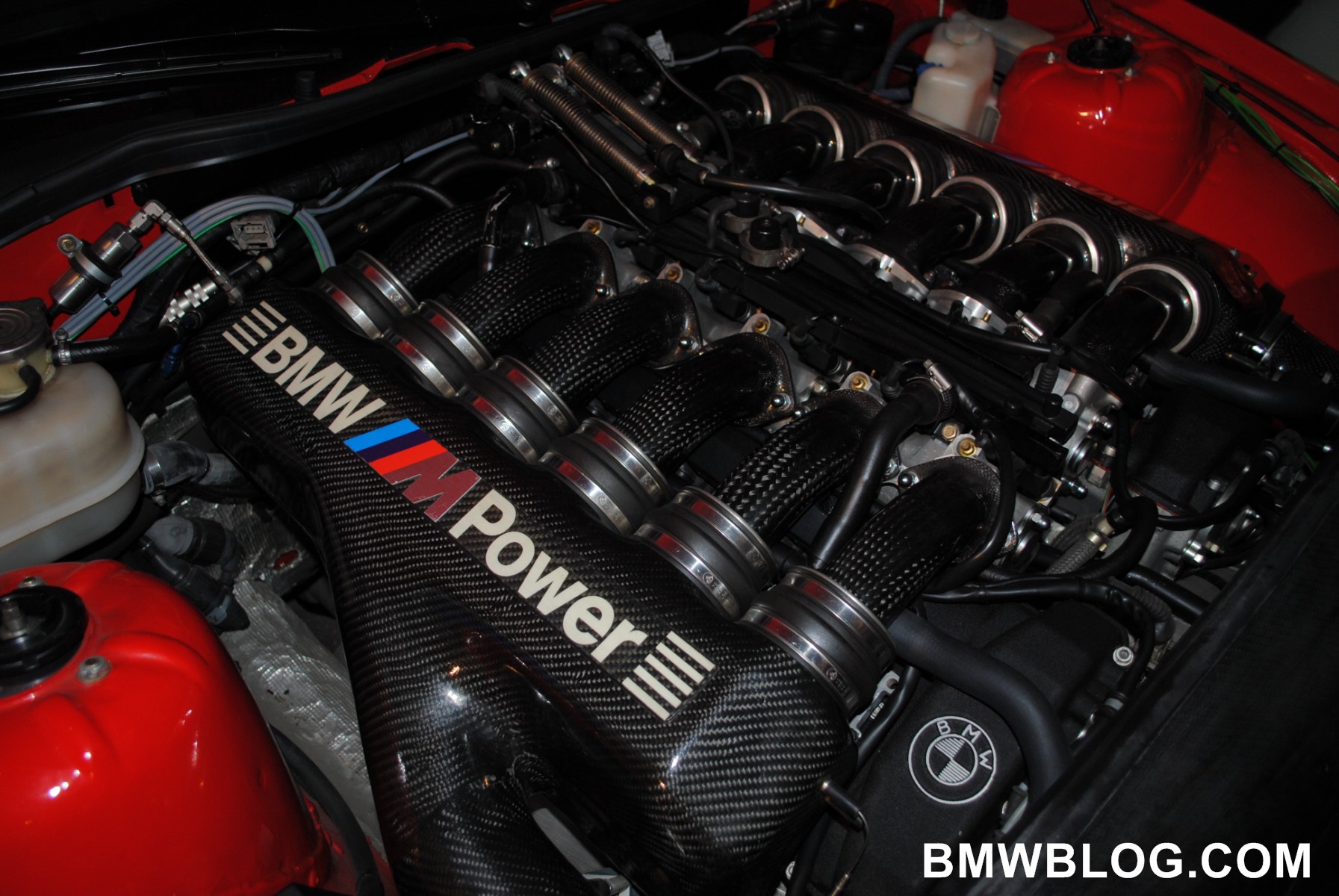Common Concerns Dealt With by BMW Engine Owners and How to Address Them
Checking Out the Advancement of Burning Engines in Modern Transportation Equipments
As we browse the landscape of modern transport, the advancement of combustion engines stands as a testament to human ingenuity and design expertise. From their modest starts to the innovative giants driving cars today, combustion engines have undertaken an impressive trip of innovation and adaptation. Understanding the intricacies of this advancement not just clarifies the past however likewise paves the means for picturing what exists ahead in the realm of transport innovation. The interplay of history, modern technology, and ecological issues in shaping the trajectory of burning engines produces a narrative that is both insightful and engaging.
Early Beginnings of Combustion Engines
Exactly how did the principle of combustion engines first arise in the very early stages of transport development? The origins of burning engines can be traced back to the 17th century when the principles of interior burning were first checked out.
The innovation moment included the invention of the first successful gasoline-powered engine by Karl Benz in 1885 - bmw engine. This engine led the way for the advancement of the contemporary auto, revolutionizing transportation systems worldwide. Succeeding innovations by Nikolaus Otto and Gottlieb Daimler even more improved burning engine technology, resulting in the mass manufacturing of autos and the rapid growth of the transportation sector
These very early burning engines were characterized by their simpleness and efficiency, laying the structure for the facility and effective engines utilized in contemporary transportation systems. The evolution of combustion engines has actually been instrumental in forming the means we take a trip and deliver products, marking a considerable milestone in the history of transport advancement.
Shift to Internal Burning Modern Technology
The shift to internal combustion modern technology noted an essential shift in the advancement of transport systems. This shift began in the late 19th century, with developers like Nikolaus Otto and Gottlieb Daimler creating the very first successful inner combustion engines. These engines transformed transportation by supplying a much more powerful and efficient choice to heavy steam engines and electric motors.
Among the crucial advantages of internal burning engines was their ability to be reduced to fit into vehicles, bring about the advancement of automobiles and bikes. This change from bulky, fixed engines to compact, mobile ones led the method for the modern transport systems we see today.
The transition to inner combustion technology additionally spurred advancements in gas technology, bring about the advancement of gasoline and diesel as primary gas sources for lorries. This change not only made transportation more accessible to the masses however also laid the structure for the oil and gas industry to end up being integral to international economic climates.
Impact of Combustion Engines on Transportation
The fostering of combustion engines in transport systems catalyzed an extensive change in the efficiency and rate of global More about the author movement. Combustion engines changed transportation by giving a reputable and functional source of power for various automobiles, consisting of vehicles, vehicles, ships, and aircrafts. This technology considerably boosted the capacity for people and products to relocate over long distances in shorter timespan, resulting in boosted connection in between areas and countries.
Furthermore, the widespread use of combustion engines has had a significant influence on economic development. The capability to move goods efficiently has actually stimulated trade and commerce, allowing organizations to increase their markets and get to consumers worldwide. This has facilitated financial development and globalization, as products can now be delivered much faster and in bigger quantities than ever before.
Nonetheless, the ecological effect of combustion engines can not be overlooked. The burning of fossil gas has led to air pollution and greenhouse gas emissions, adding to environment change and posing wellness dangers to populations. bmw engine. As an outcome, there is an expanding emphasis on creating alternate propulsion innovations to mitigate these adverse impacts and create an extra lasting future for transportation
Technologies in Burning Engine Design
One noteworthy development is the advancement of turbocharged engines, which utilize exhaust gases to drive a wind turbine that presses incoming air, enabling for more fuel to be charred, resulting in enhanced power outcome without a considerable boost in engine size. Variable shutoff timing systems have actually additionally reinvented engine style by enhancing air flow at different engine speeds, improving both power and efficiency. These developments collectively add to the continual renovation of burning engines in modern transportation systems.
Future Trends in Burning Engine Advancement
With innovation developments driving continuous innovation, the future of burning engine growth is poised to reinvent transportation systems internationally. One of the vital patterns in burning engine growth is the push in the direction of better efficiency and minimized exhausts.
Another famous fad is the adoption of hybrid modern technologies in burning engines. Hybrid engines integrate standard burning technology with electric power, using improved fuel effectiveness and reduced exhausts. As the automotive industry shifts towards electrification, crossbreed burning engines are viewed as a transitional solution that bridges the void in between standard vehicles and fully electrical ones.
Moreover, the assimilation of clever modern technologies, such click over here now as expert system and data analytics, is anticipated to play a considerable role in the future of burning engine advancement. These modern technologies can optimize engine efficiency in real-time, causing much more effective burning processes and enhanced general lorry performance. Welcoming these future patterns will certainly not just drive technology in combustion engine advancement however also contribute to a more eco pleasant and sustainable transportation community.

Final Thought
In verdict, the advancement of combustion engines in modern transport systems has actually been marked by significant innovations in modern technology and style. From the early starts of combustion engines to the transition to interior combustion modern technology, these engines have actually had a profound influence on transportation.
The roots of burning engines can be traced back to the 17th century when the concepts of interior burning were initial checked out. These engines transformed transportation by supplying an extra powerful and efficient alternative to heavy steam engines and electric motors.
